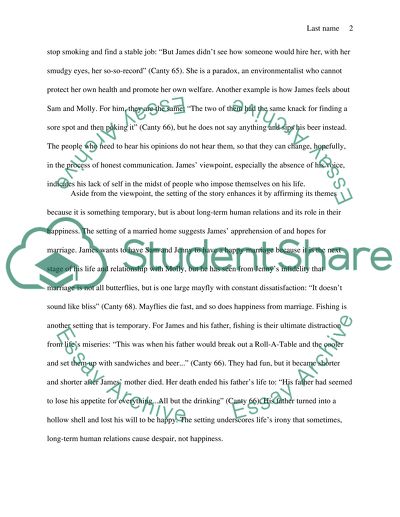Cite this document
(Identity and Happiness in Cantys Mayfly Book Report/Review, n.d.)
Identity and Happiness in Cantys Mayfly Book Report/Review. https://studentshare.org/literature/1468874-the-analysis-of-the-short-story-mayfly
Identity and Happiness in Cantys Mayfly Book Report/Review. https://studentshare.org/literature/1468874-the-analysis-of-the-short-story-mayfly
(Identity and Happiness in Cantys Mayfly Book Report/Review)
Identity and Happiness in Cantys Mayfly Book Report/Review. https://studentshare.org/literature/1468874-the-analysis-of-the-short-story-mayfly.
Identity and Happiness in Cantys Mayfly Book Report/Review. https://studentshare.org/literature/1468874-the-analysis-of-the-short-story-mayfly.
“Identity and Happiness in Cantys Mayfly Book Report/Review”. https://studentshare.org/literature/1468874-the-analysis-of-the-short-story-mayfly.


